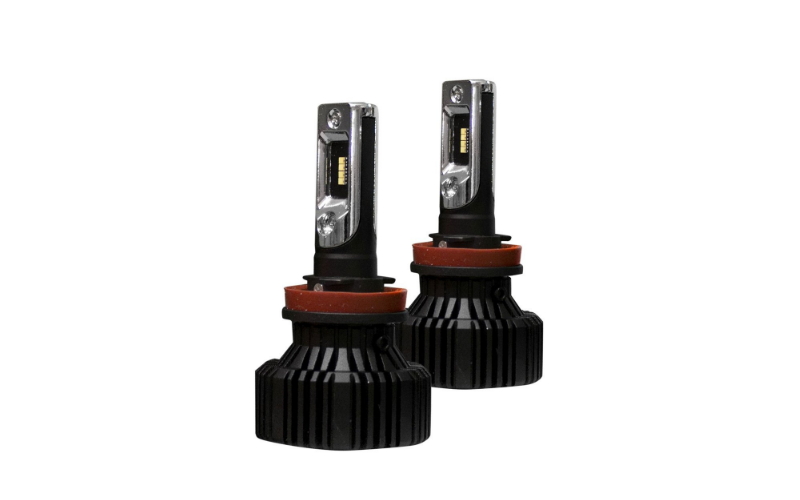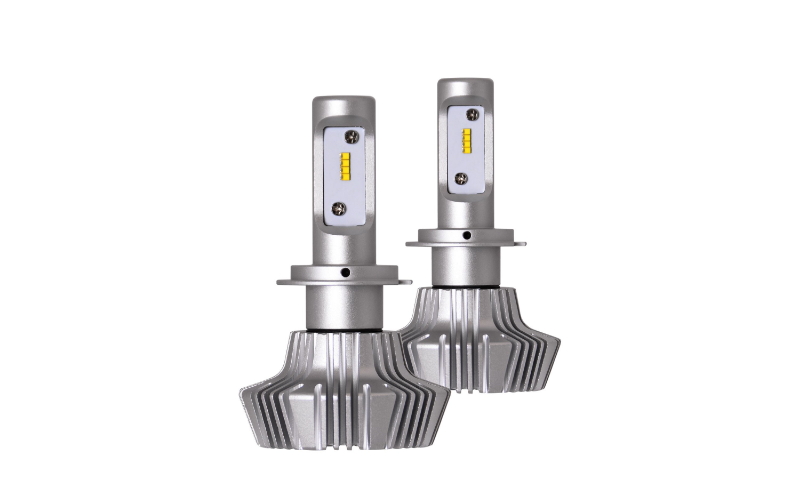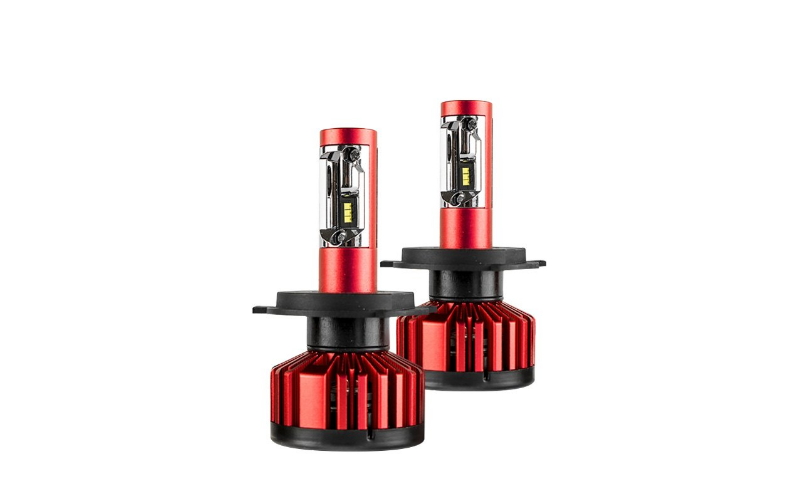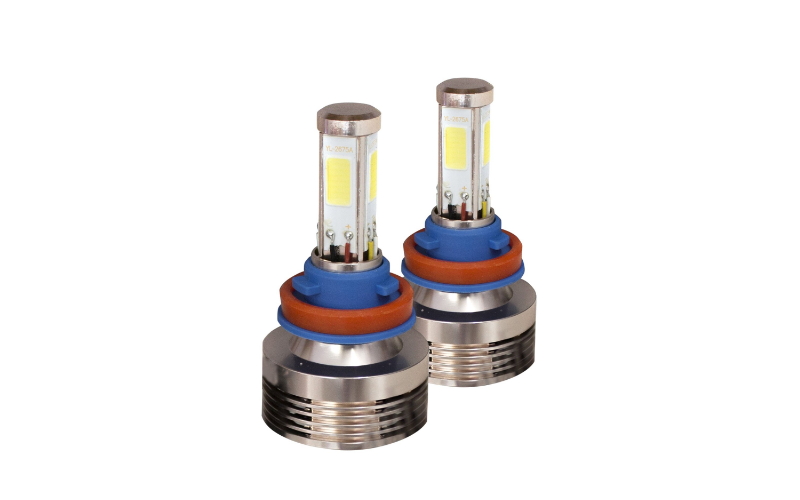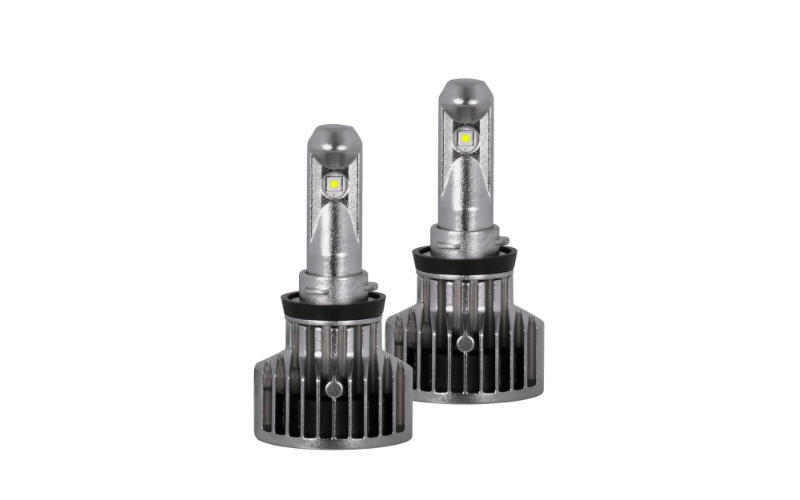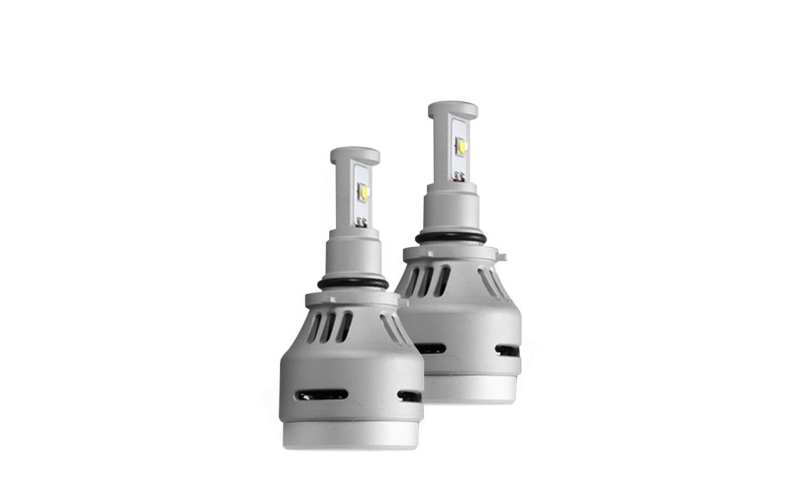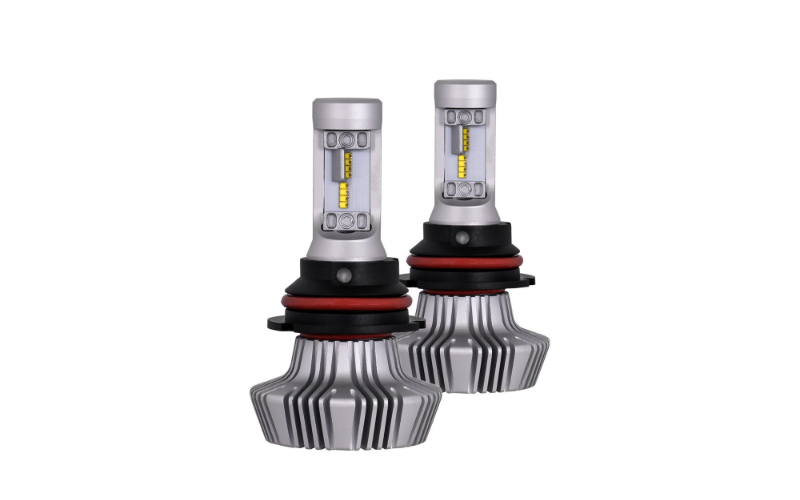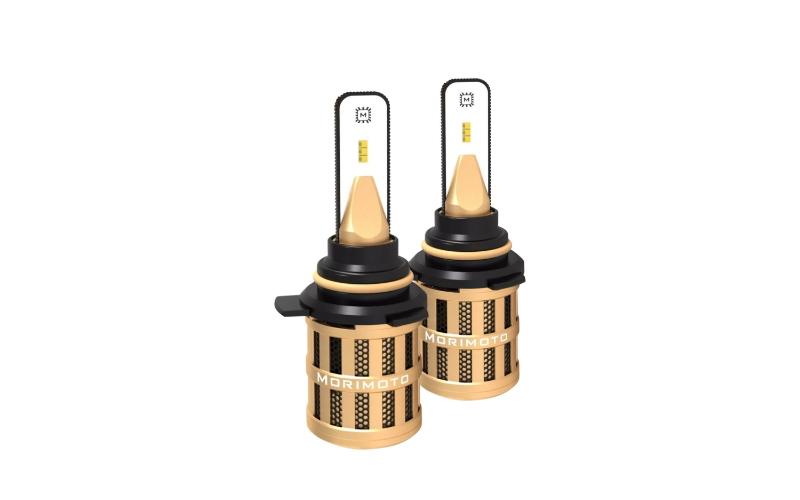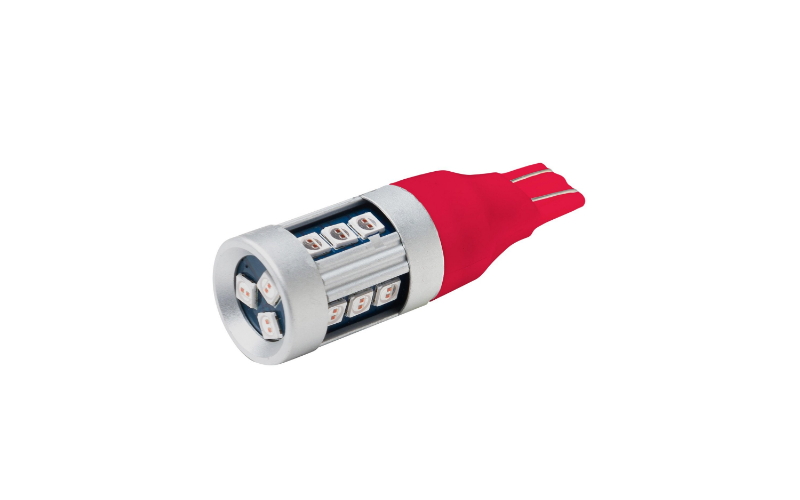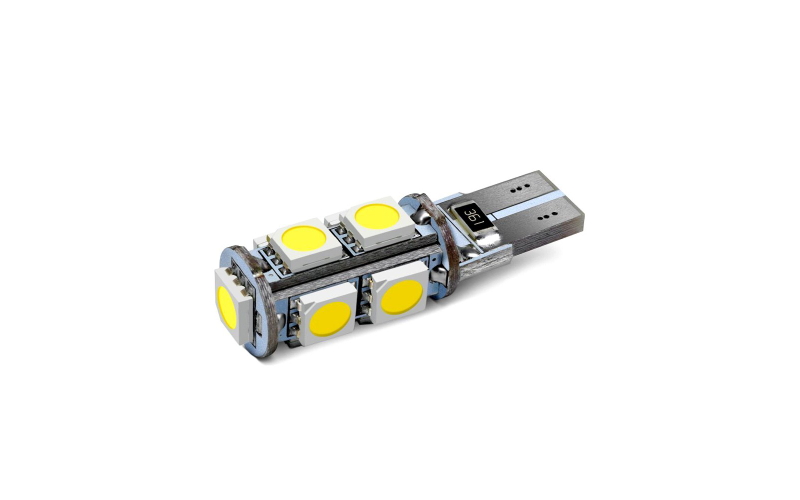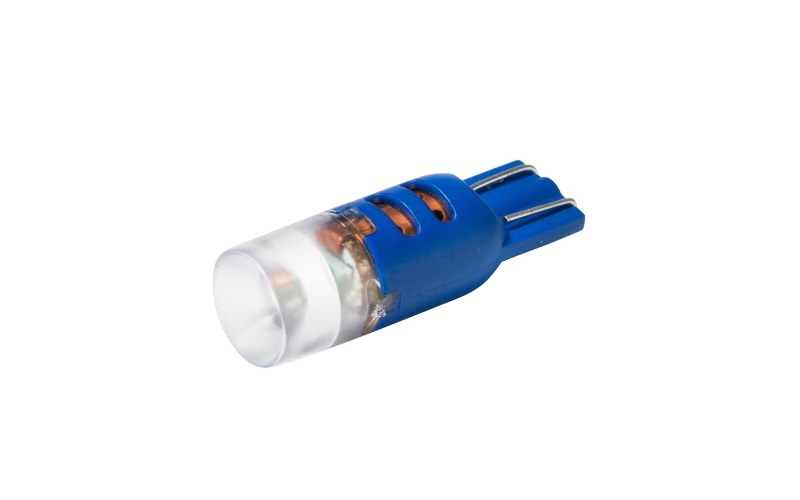What Is a Car Catalyst & How Does It Work?
A vehicle emission reducer plays a crucial role in the exhaust system of contemporary vehicles, primarily aimed at minimizing the harmful emissions produced by an internal combustion engine. This technology was initially adopted in the auto industry during the 1970s, as a direct consequence of more stringent environmental norms and regulations. Presently, these components can be marketed should there be a requirement to acquire a replacement. For example, you can search for buyers on the AutoCatalystMarket website. Current Ford scrap catalytic converter prices and pictures are also presented there, including other useful information.
Vehicle emission reducer
The catalyst is a metal casing, inside which there is a ceramic or metal block of a honeycomb structure. This block has many thin channels through which exhaust gasses pass. The surface of the channels is coated with a thin layer of noble metals such as platinum, palladium and rhodium. It is these metals that act as catalysts for chemical reactions.
Products are available — click below to view them!
SEE DETAILS ON EBAYCeramic catalysts are typically made from aluminum oxide (Al2O3) or silicon dioxide (SiO2), while metal can be made from stainless steel or other high-temperature alloys. The choice of material depends on the specific application and the requirements for catalyst efficiency and durability.
Principle of operation
When exhaust gasses pass through the vehicle emission reducer, the following processes occur:
- CO to CO2;
- HC to H2O;
- NOx to N2.
These reactions occur simultaneously and continuously while the exhaust gasses pass through the vehicle emission reducer. Noble metals on the surface of the catalyst reduce the activation energy of reactions, accelerating their occurrence without direct participation in the reactions themselves.
Thanks to these processes, the concentration of harmful substances in the exhaust gasses is significantly reduced, which allows the car to comply with modern environmental standards, such as Euro-5 and Euro-6.
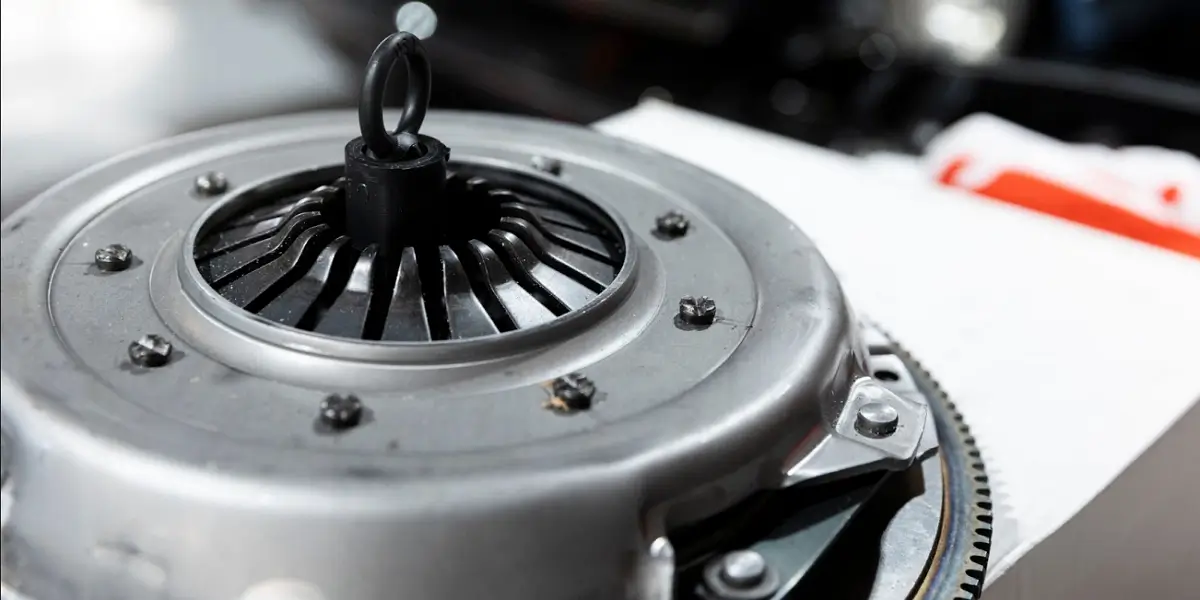
Catalyst replacement
Despite the high efficiency and durability of modern catalysts, over time they are still subject to natural wear and may require replacement. Signs of a faulty vehicle emission reducer may include:
- Reduced engine power;
- Increased fuel consumption;
- Unstable engine idling;
- Presence of extraneous sounds from the exhaust system.
If these symptoms are detected, it is necessary to diagnose the exhaust system and, if necessary, replace the catalyst. Replacing a vehicle emission reducer is a rather labor-intensive and costly process, so it is important to follow all the manufacturer’s recommendations for operating the vehicle in order to maximize the service life of this important component.
With proper operation and timely maintenance, the service life of modern automobile catalysts can reach 150-200 thousand kilometers, and in some cases more. This allows us to significantly reduce the negative impact of road transport on the environment and human health.
Products are available — click below to view them!
SEE DETAILS ON EBAY
